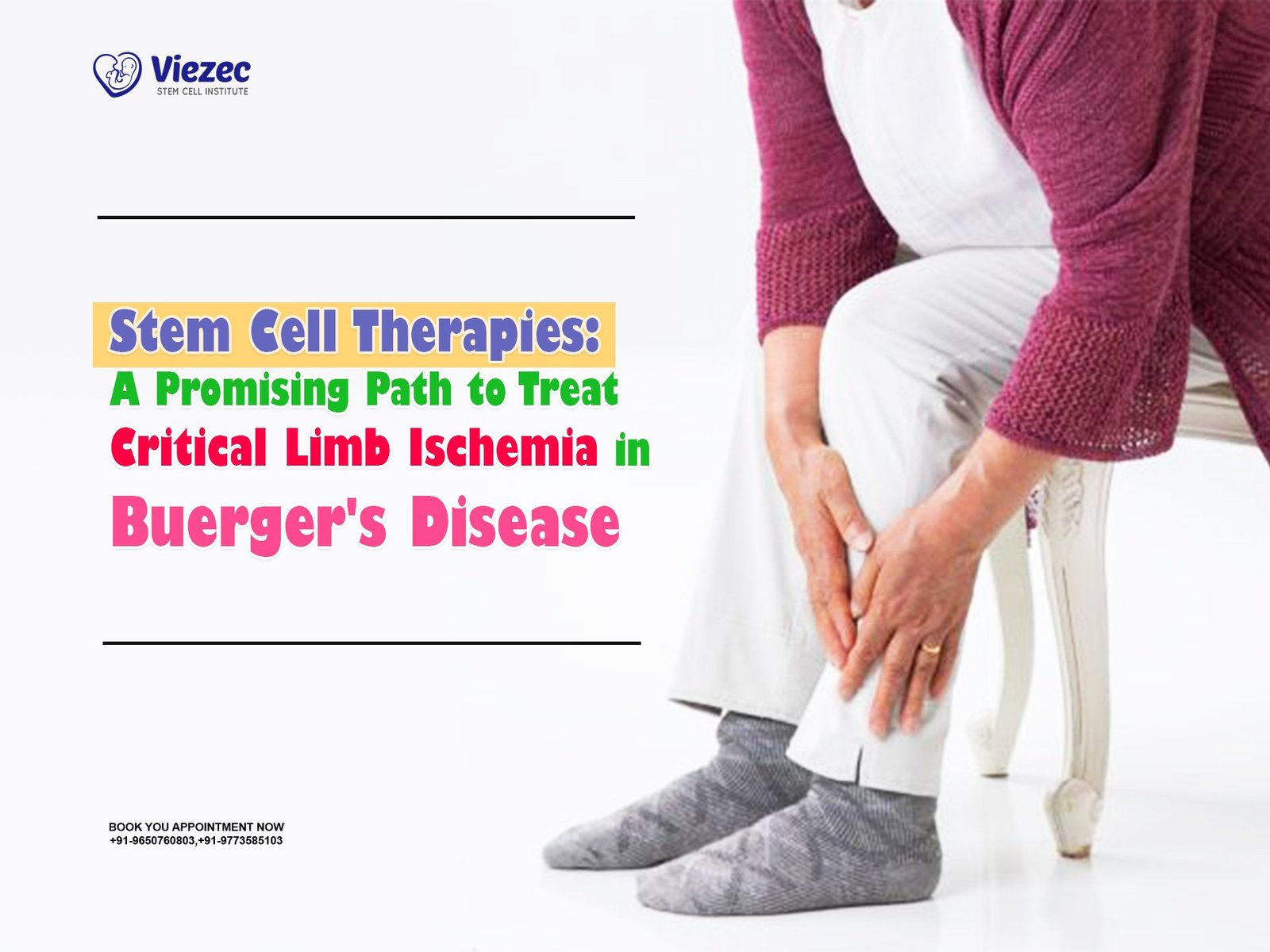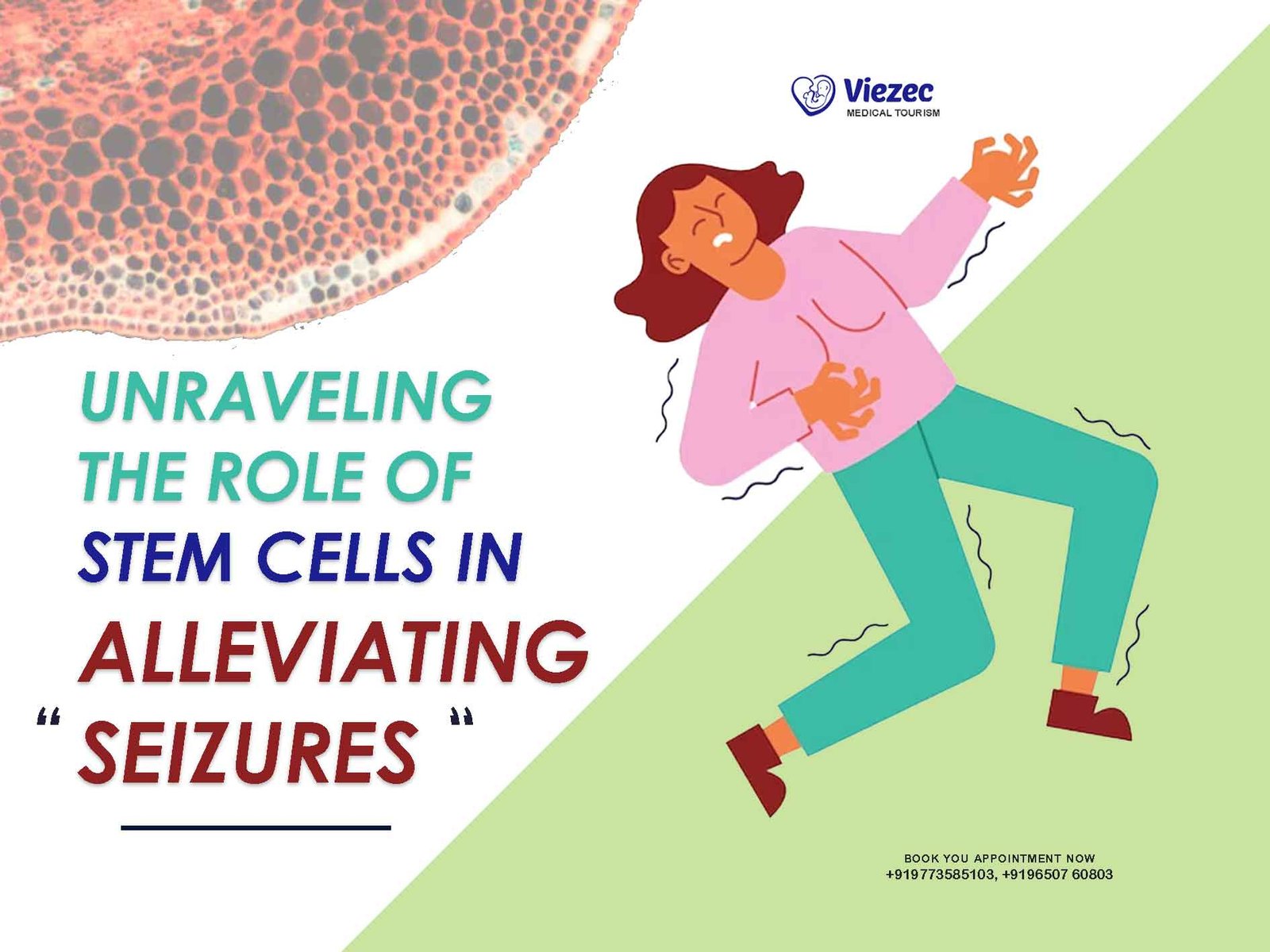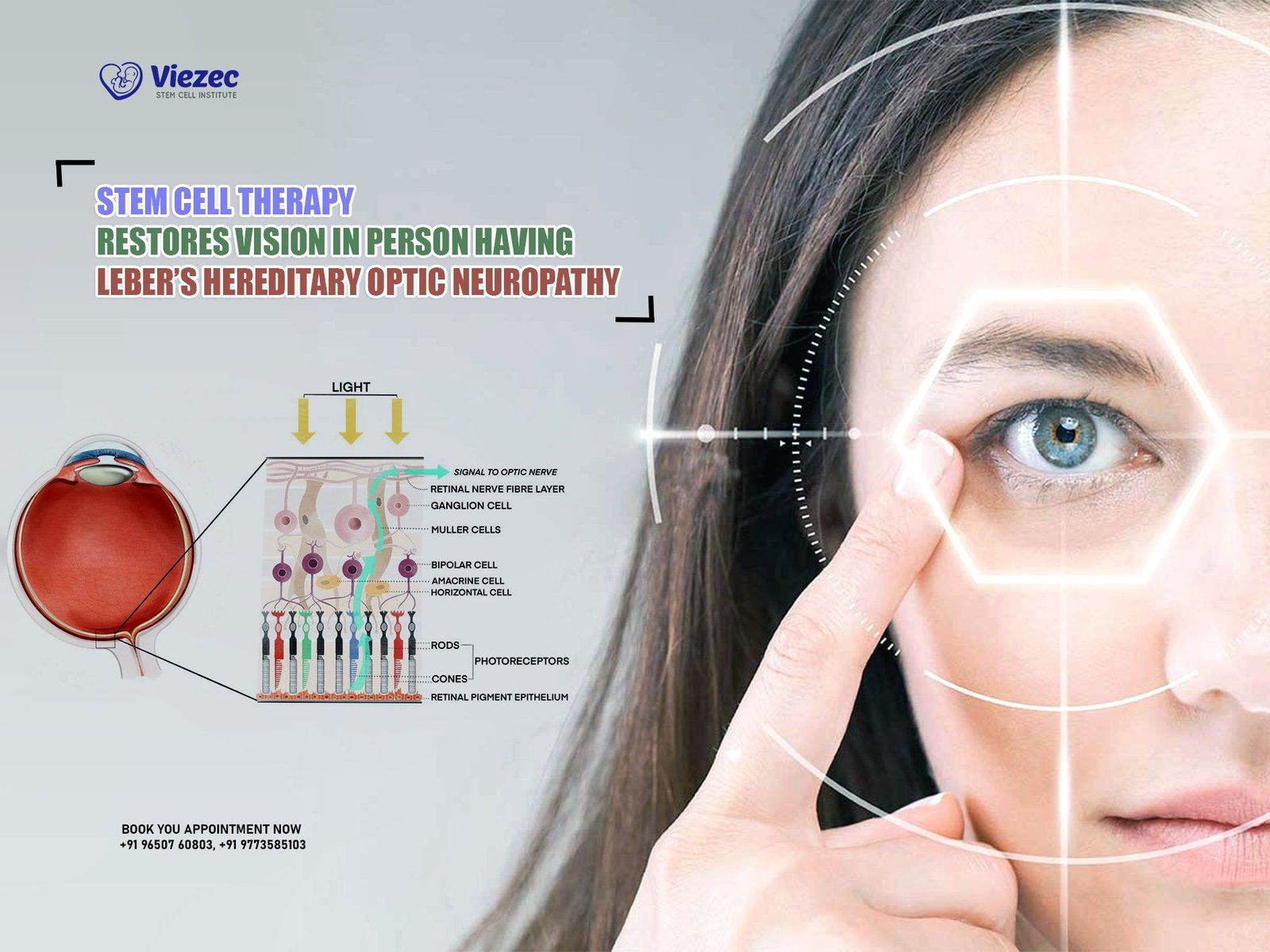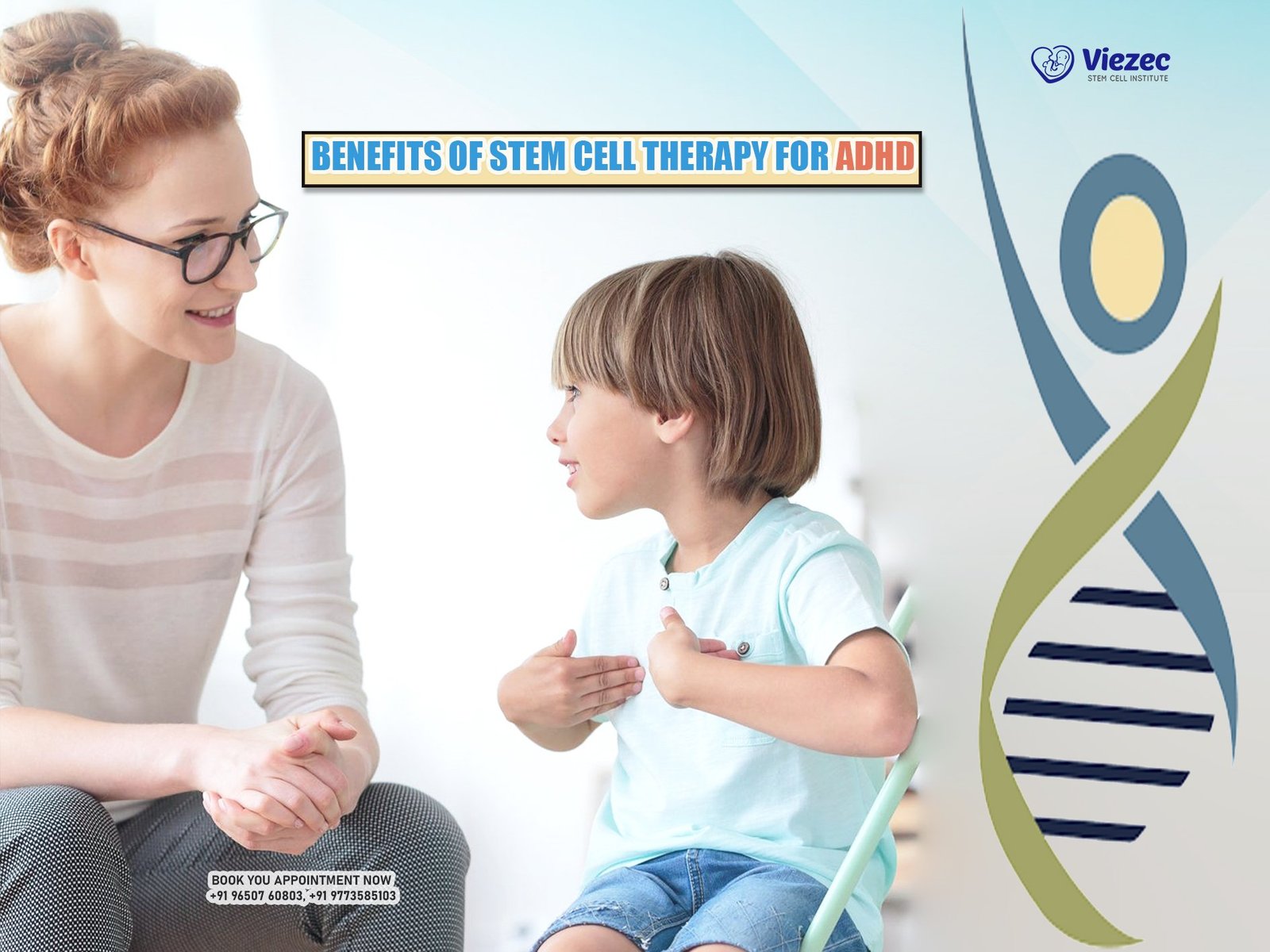In the intricate landscape of vascular diseases, Critical Limb Ischemia (CLI) in Buerger’s Disease stands as a formidable challenge, inflicting severe consequences on affected individuals. Amidst the complexities of traditional treatments, a beacon of hope emerges in the realm of regenerative medicine — Stem Cell Therapies. This article navigates the promising path paved by stem cell interventions, aiming to revolutionize the treatment paradigm for Buerger’s Disease. As we embark on this exploration, envision a future where the transformative potential of stem cells transcends the boundaries of conventional approaches, offering not just relief but a profound opportunity for sustained recovery and improved quality of life for those grappling with the harsh realities of CLI in Buerger’s Disease.
Understanding Buerger’s Disease
Buerger’s Disease, clinically known as Thromboangiitis Obliterans, unfolds as a rare yet impactful vascular disorder. This segment unravels the intricacies of the disease, where inflammation and clot formation wreak havoc on blood vessels, primarily in the extremities. Characterized by diminished blood flow, Buerger’s Disease manifests through distinct symptoms, including pain, ulcers, and potential tissue loss. With a focus on diagnostic criteria and key manifestations, gaining a comprehensive understanding of Buerger’s Disease becomes crucial in the quest for effective interventions that extend beyond conventional methods.
Challenges in Treating Critical Limb Ischemia
Addressing Critical Limb Ischemia (CLI) poses a multifaceted challenge in the realm of vascular health. Conventional treatments, while providing initial relief, grapple with limitations that hinder long-term success. Surgical interventions may confront issues of revascularization sustainability, and pharmacological approaches often fall short in addressing the root causes of CLI in Buerger’s Disease.
One of the primary challenges lies in the chronic nature of the disease, where compromised blood flow to extremities demands innovative solutions. The risk of amputation looms large, emphasizing the urgency for treatments that not only alleviate symptoms but also promote lasting recovery. Moreover, the diverse manifestations of Buerger’s Disease add an extra layer of complexity, demanding personalized and targeted interventions.
What Are Stem Cell Therapies?
Stem cell therapies represent a cutting-edge frontier in medical science, harnessing the remarkable capabilities of stem cells to address a myriad of health challenges. Stem cells, the unspecialized progenitors of all cell types in the body, hold the unique ability to differentiate into specialized cells, fostering tissue repair and regeneration. Two primary types, embryonic and adult stem cells, feature prominently in therapeutic applications.
Embryonic stem cells, derived from early-stage embryos, possess unparalleled plasticity, able to form any cell type. Adult stem cells, found in various tissues throughout the body, contribute to the body’s natural repair mechanisms. The crux of stem cell therapies lies in their regenerative potential, offering a novel approach to treating diseases like Critical Limb Ischemia (CLI) in Buerger’s Disease.
Emerging Trends in Stem Cell Research
Scientists and researchers worldwide are exploring diverse avenues, giving rise to emerging trends that hold immense promise for the future of medicine.
Recent breakthroughs have expanded our understanding of different types of stem cells, their unique properties, and their applications in regenerative medicine. From induced pluripotent stem cells (iPSCs) to mesenchymal stem cells (MSCs), the arsenal of tools available to researchers has broadened, enabling more targeted and effective therapeutic interventions.
Applicability of Stem Cells in Treating Critical Limb Ischemia
The potential breakthrough in treating Critical Limb Ischemia (CLI) associated with Buerger’s Disease lies in the unique applicability of stem cell therapies. Stem cells, with their remarkable ability to differentiate into various cell types, offer a targeted approach to address the underlying vascular damage characteristic of CLI. Research findings underscore the significant impact of stem cells in regenerating damaged tissues and promoting angiogenesis, essential for restoring blood flow to affected limbs.
Promise of Regenerative Medicine
In the realm of medical innovation, regenerative medicine, particularly in the form of stem cell therapies, unfolds as a beacon of hope and transformative potential. Traditional treatments often focus on symptom management, providing temporary relief for individuals grappling with conditions like Critical Limb Ischemia (CLI) in Buerger’s Disease. However, the promise of regenerative medicine lies in its distinctive approach—aiming not just to alleviate symptoms but to regenerate and restore damaged tissues.
Stem cell therapies, a cornerstone of regenerative medicine, harbor the remarkable ability to differentiate into various cell types, fostering the regeneration of compromised vascular tissues. This holds profound implications for individuals with CLI in Buerger’s Disease, offering a path towards long-term recovery and enhanced quality of life.
Patient Experiences and Success Stories
Through real-life cases and testimonials, readers gain a deeper understanding of the positive impact stem cell therapies have had on individuals battling Critical Limb Ischemia in Buerger’s Disease. Personal narratives provide a human perspective on the effectiveness of these innovative treatments.
Challenges and Considerations
Navigating challenges and considering ethical considerations is imperative. While the potential of stem cells to regenerate damaged tissues is captivating, ethical concerns surrounding their use demand thoughtful examination. Striking a balance between innovation and ethical responsibility, questions arise about the long-term impact and unforeseen consequences of these therapies. Regulatory aspects also loom large, necessitating a robust framework to ensure patient safety and treatment efficacy.
Moreover, it’s crucial to acknowledge potential challenges in the application of stem cell therapies. These include the risk of infections, improper cell differentiation, and the need for meticulous patient selection criteria.
Road Ahead: Future Developments
As we peer into the future of treating Critical Limb Ischemia (CLI) in Buerger’s Disease, the landscape appears dynamic, fueled by relentless advancements in stem cell research. Ongoing investigations promise a tapestry of innovations that could reshape the therapeutic landscape. Researchers are diligently exploring novel delivery methods, optimizing the selection of stem cell types, and fine-tuning protocols to enhance the precision and efficacy of treatments. The prospect of personalized medicine in stem cell therapies for Buerger’s Disease beckons, tailoring interventions to individual patient profiles for maximal benefit.
Summing up the exploration of stem cell therapies for Critical Limb Ischemia in Buerger’s Disease, the conclusion reinforces the potential of these innovative approaches. It encourages both patients and the medical community to embrace and explore these promising solutions for improved patient outcomes.
FAQs
Are stem cell therapies currently available for treating Buerger’s Disease?
Stem cell therapies are still under research, and while there have been promising results in clinical trials, they are not yet widely available for routine treatment of Buerger’s Disease.
What are the potential risks associated with stem cell treatments for Critical Limb Ischemia?
While stem cell therapies show great promise, potential risks include infection, improper cell differentiation, and unforeseen side effects. These aspects are actively studied to ensure the safety of such treatments.
How do stem cell therapies differ from traditional treatments for Buerger’s Disease?
Unlike traditional treatments that often manage symptoms, stem cell therapies aim to address the root causes of Critical Limb Ischemia by promoting tissue regeneration and improving vascular health.
Is there ongoing research to enhance the effectiveness of stem cell treatments for Buerger’s Disease?
Yes, ongoing research is focused on refining stem cell therapies, exploring new delivery methods, and identifying the most effective types of stem cells for treating Buerger’s Disease.
Are there any age or health restrictions for individuals considering stem cell therapies?
The eligibility for stem cell therapies depends on various factors, including overall health and the specific characteristics of the disease. Consultation with a healthcare professional is crucial to determine suitability.









